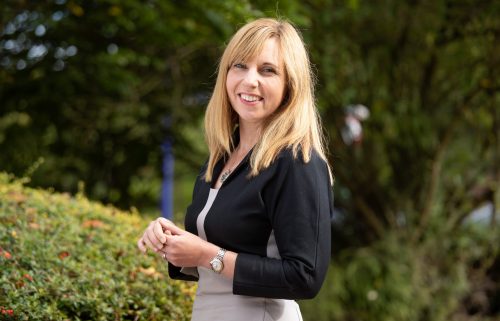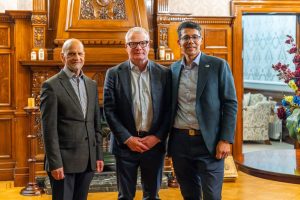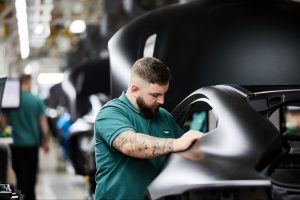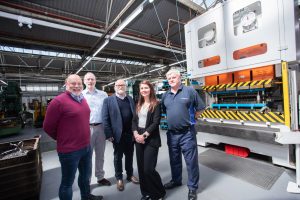Is Birmingham’s ‘Our Future City Plan’ missing a trick?

By Joanna Deffley, partner and head of West Midlands at law firm Shakespeare Martineau.
Overall the ‘Our Future City Plan’ from Birmingham City Council is an exciting concept, but after pouring over the 68 page plan I was left asking myself: what is the role of the city post-Covid?

So, if post-Covid we’re still spending more time at home: where does that leave the city? Why should people and businesses set up home and shop in the city?
Of course people are itching for a change of scene, many of us crave a return to a ‘new normal’ – or ‘new abnormal’ as we call it at Shakespeare Martineau. While we don’t know for certain when everything will open back up, we do know for certain that life will look very different and cities need to adapt – and adapt fast – to this new way of living and working.
For the most part the Monday to Friday nine to five will be a distant memory. People living in cities will want – and expect – green space. Shoppers will be looking for something unique that they can’t order online, preferably from local, small suppliers. The pandemic has certainly galvanized the public’s return to supporting local, and making more of the local experience could give the city some edge. This approach however, will need public and private sector support at the outset to be successful, not least in recovering from the pandemic.
Leisure will also become a key draw to the city, and even more important to the public than pre-pandemic, given our evolved work/shop from home culture and pent up demand for social and cultural experiences. But the city will need to cater for a diverse demographic and variety of tastes, from heritage, arts and culture, to bars, restaurants and activities for families.
Addressing the role of the city is step one of the challenge. The next issue to be resolved is connectivity.
Birmingham has, for the past 30 years or so, been choked by its own ring road and historic car culture, with the inner and outer ring roads creating issues for growth of the city centre and its surrounding suburbs.
The City Plan asks how the A38 can be made into a green oasis, and can the Suffolk Street Queensway be remodelled to provide green space? If we were being really brave, would we not want to banish cars from all of these areas?
This could only be considered if the rail, cycle, bus, tram and possibly canal links, were improved. For that, there needs to be some consideration of the issues further afield. Are there suitable park and ride facilities (big enough, cost effective, and supporting the electric car)? Are public transport costs appropriate to ensure people make the change and are those transport options reliable? Does cycling into Birmingham feel safe?
When short distances like that between Harbourne and the city take longer than a journey from Coventry or Warwickshire why would commuters bother travelling in? And, as working patterns flex, public transport availability and cost structures – such as annual passes – should flex too.
Some of this is already being addressed in the current plan, but I think the city will need to go much further if it wants to create the green space that might attract people to live and work in the heart of the city, as well as proving any hope of achieving the carbon neutral targets the city has set itself. It won’t be enough to have charging regimes to drive into the City Centre.
What the city needs is pedestrianised, open space and review of housing offered in our city centre to meet their needs.
I think Birmingham’s ‘Our Future City Plan’ has potential, but the devil is in the detail and I look forward to seeing the revised version once all responses have been received.









